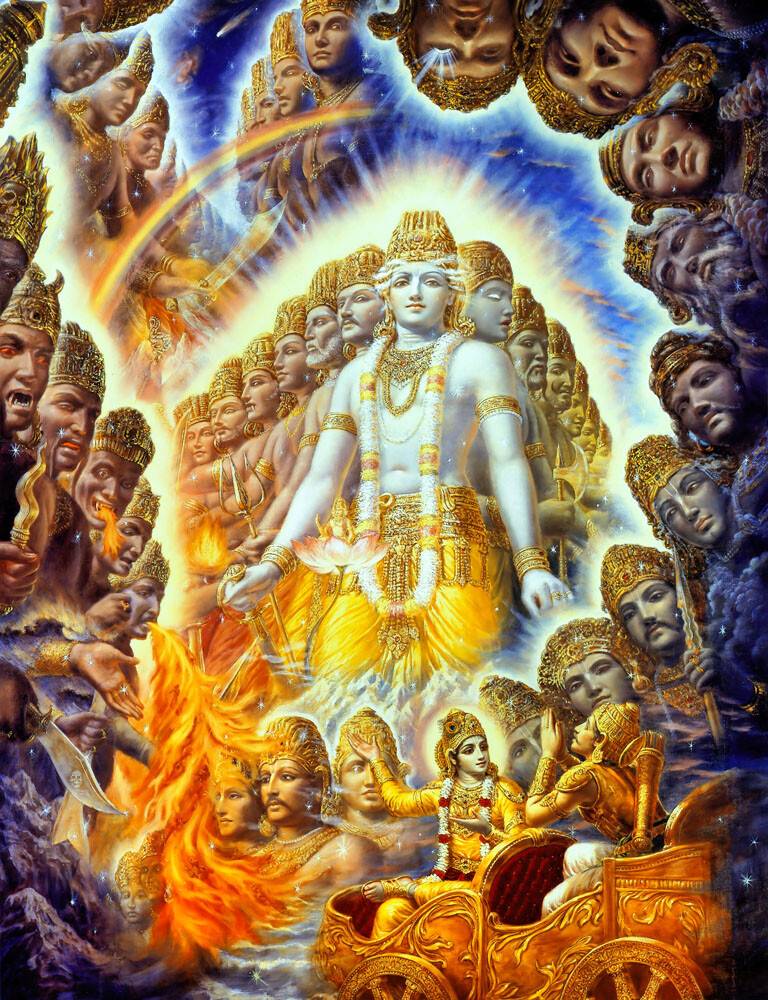Self-immolation, the act of sacrificing oneself by fire, has been a profound and often misunderstood phenomenon throughout history. While it is frequently associated with political protest, especially in the 20th century, its esoteric implications delve deeper into the realms of spirituality, transformation, and transcendence.
Historical Context
Historically, self-immolation has roots in various religious and cultural traditions. In ancient India, for instance, the practice of “sati” involved a widow self-immolating on her husband’s funeral pyre, symbolizing ultimate loyalty and devotion. Similarly, in Tibetan Buddhism, self-immolation has been seen as an act of compassion, intended to draw attention to suffering and inspire others to act.
Symbolism of Fire
In many spiritual traditions, fire represents purification, transformation, and renewal. It serves as a powerful metaphor for the destruction of the ego and the shedding of the physical form. From an esoteric standpoint, self-immolation can be viewed as a radical act of surrender, where the individual transcends the confines of the self to achieve a higher state of consciousness.
This act is not merely an end but is often interpreted as a catalyst for awakening. The flames symbolize the burning away of ignorance and attachment, allowing the spirit to rise from the ashes, akin to the mythical Phoenix. In this context, self-immolation transforms personal suffering into a universal message, igniting awareness and encouraging spiritual evolution in others.
Spiritual Awakening and Enlightenment
From an esoteric perspective, self-immolation can signify a deep commitment to a cause greater than oneself. It embodies the concept of martyrdom, where the individual consciously chooses to forgo personal existence for a higher ideal. This selfless act can be seen as an invitation for collective awakening, urging society to reflect on its values and priorities.
In various mystical traditions, such as Kabbalah or Sufism, the idea of the “inner fire” represents the divine spark within each individual. Self-immolation can be interpreted as an extreme expression of this inner fire, showcasing the potential for transformation through sacrifice. It raises questions about the nature of existence, the self, and the interconnectedness of all beings.
Cultural Interpretations
The interpretation of self-immolation varies significantly across cultures. In the Western world, it is often viewed through a lens of despair or madness. Conversely, in Eastern traditions, it may be seen as an act of profound spiritual courage and conviction. This dichotomy highlights the complexities surrounding the act, emphasizing the need for a nuanced understanding.
The esoteric interpretation calls for recognizing the intent behind self-immolation. It challenges observers to look beyond the act itself and consider the spiritual and societal implications it carries. In many cases, the individual’s motivation stems from a desire to bring about change, to awaken consciousness, and to inspire others to pursue their spiritual paths.
Conclusion
The esoteric meaning of self-immolation invites a contemplative exploration of sacrifice, transformation, and the quest for higher consciousness. It challenges us to consider the depths of human motivation and the lengths to which individuals will go for the sake of a cause or spiritual truth. Rather than merely condemning the act, it prompts a deeper inquiry into the societal structures that drive individuals to such extremes and the potential for spiritual awakening that may arise from these acts of profound commitment. Through this lens, self-immolation becomes a complex interplay of suffering, transformation, and ultimately, transcendence.
